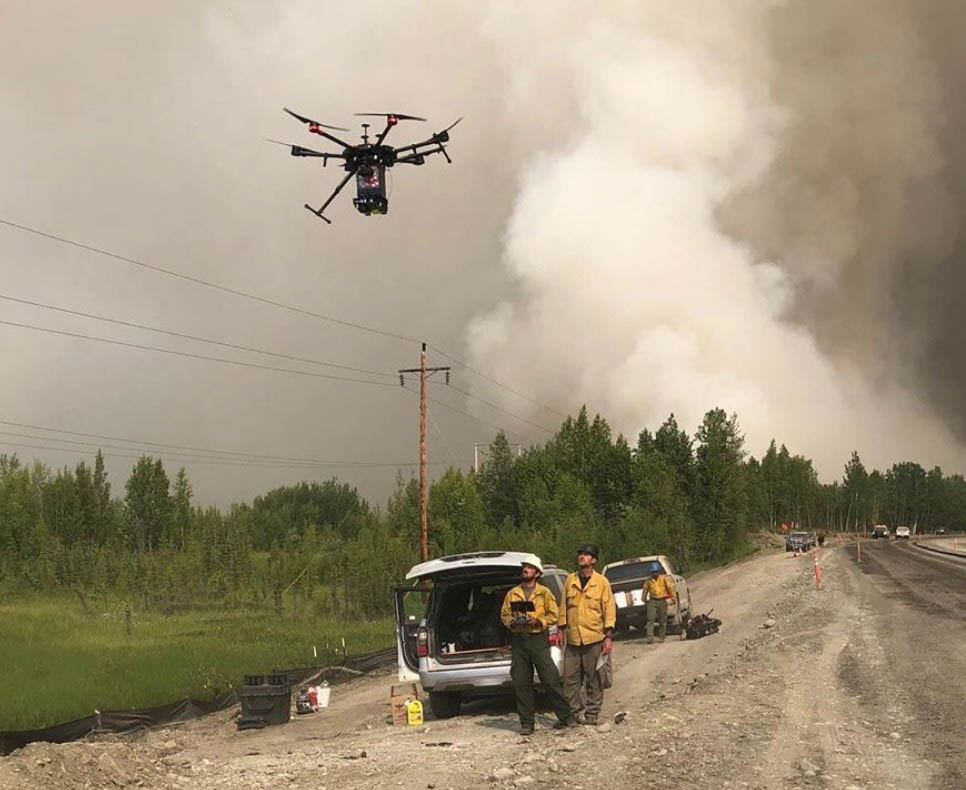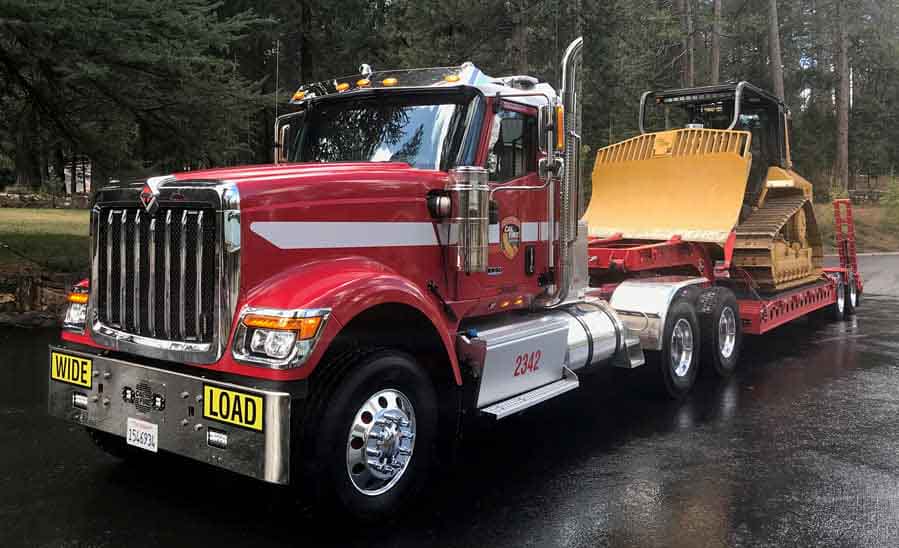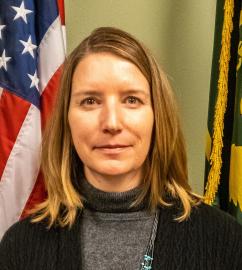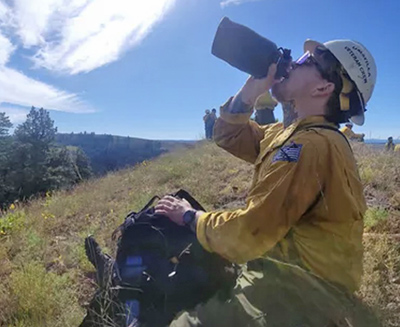
NBA legend Charles Barkley is helping the Tahoe Douglas Fire Department spread the word about a campaign to acquire two firefighting helicopters for the Lake Tahoe area in Northern California, which according to the Fire Chief is devoid of permanent helicopter coverage.
From the description and amount of funds being sought, it appears their hope is to purchase two Sikorsky S-70i Firehawk helicopters capable of carrying up to 1,000 gallons of water and also capable of responding to medical incidents with a paramedic and full advanced life support equipment. In order to have continuous coverage with a helicopter, you need at least two in a fleet to account for scheduled and unexpected maintenance.
The article below by Paula Peterson was first published on SouthTahoeNow.com.
STATELINE, Nev. – Charles Barkley remembers the American Century Championship in July 2007 very well. He and the other celebrities had arrived at Lake Tahoe to golf in the annual tournament at Edgewood Tahoe, but that year it was different.
The devastating Angora Fire started off of North Upper Truckee Road on June 24, and before it was done on July 2 it had burned through 3,100 acres, destroyed 242 residences and 67 commercial structures, damaged 35 other homes, and engaged 2,180 firefighters.
Barkley said they couldn’t “yuck” it up at celebrity golf across the lake and have fun while nearby residents were dealing with such a catastrophe. He asked NBC if he could take a camera crew into the fire-damaged area.
“I came up here 15 years ago and saw catastrophic damage. It broke my heart. I’d actually never seen fire damage before,” said Barkley.
He donated $190,000 to recovery efforts for residents over the following two years and treated firefighters and their spouses to dinner at Harrahs Tahoe.
At Edgewood Tahoe Saturday, during the 33rd annual American Century Championship, Tahoe Douglas Fire Chief Scott Lindgren held a press conference with Barkley to highlight his agency’s Operation Save Lake Tahoe.
Lindgren has said there is a giant hole in the middle of the Sierra without firefighting helicopter coverage, and that is the Lake Tahoe Basin and surrounding mountains. He wants to change that with a $60 million plan that would bring two helicopters, a station, and training to not only Douglas County, but to the whole Lake Tahoe Basin and surrounding Sierra.
Fundraising efforts have been underway for months, but much more needs to be raised.
“So anything you can do to help, please help these guys get their helicopter, please, because, hey, we can’t let nothing happen to this place,” said Barkley.
“We can’t let it happen again,” Barkley said of the Angora Fire.
For more information or to donate, visit https://tahoefire.org/helicopter.





